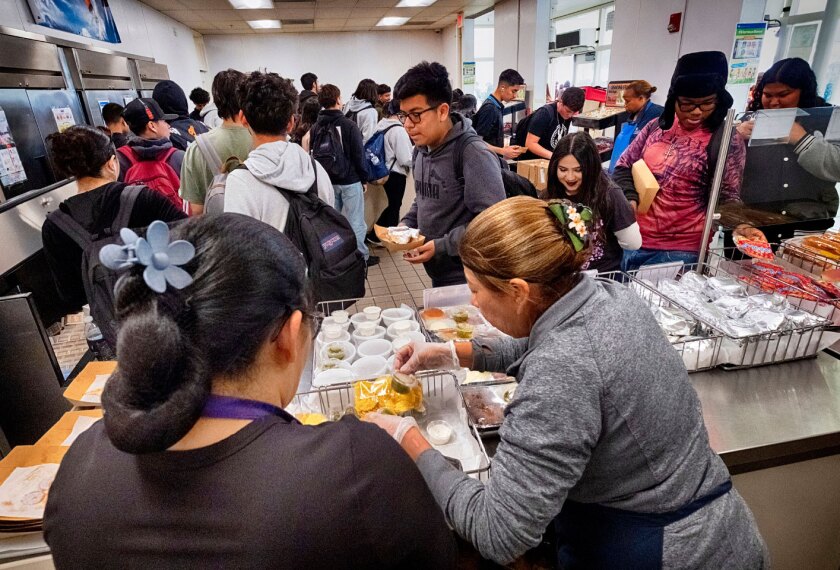Corrected: An earlier version of this story mistakenly said that the School Turnaround Group, an arm of the Boston-based Mass Insight Education and Research Institute, is working with Texas. The story should have said instead that the group is working with New York, in addition to the five other states.
Includes updates and/or revisions.
School districts are now receiving millions of dollars in federal money to turn around their chronically underperforming schools, and in a number of states, local educators overwhelmingly are opting for “transformation,” the least disruptive of four school intervention methods endorsed by U.S. Secretary of Education Arne Duncan.
All but seven states have been approved by the U.S. Department of Education to receive their share of the $3.5 billion in Title I School Improvement Grants, the supercharged program aimed at reversing years of academic decline at some of the nation’s most troubled schools.
As state education departments award the grants to eligible schools, the school improvement model known as transformation—which, in most cases, requires the assignment of new principals, though not new instructional staff members—is the one that many educators view as the most feasible and politically palatable.
Two other interventions entail more aggressive shake-ups to staffing. The model known as “turnaround” requires schools to replace at least half the existing instructional staff, while “restart,” which is the method that converts a school to a charter, would also lead to a dramatic turnover in teaching personnel. The fourth option, “closure,” involves shutting down a low-performing school entirely and shifting students to a higher-performing campus.
But one school improvement expert said the long list of specific steps that schools must enact under transformation—including instituting longer school days and new evaluation systems for principals and teachers that are based, in part, on student-achievement results—make the model as stringent, if not more so, than the other three options endorsed by federal education officials.
“Transformation may be the easiest thing to do politically, but it’s the hardest to do technically,” said Justin Cohen, the president of the School Turnaround Group, part of the Boston-based Mass Insight Education and Research Institute, which is working with six states on turnarounds. “There’s a litany of requirements for this model that are fairly intense, like extending the day and requiring new evaluations.”
First Choice
A look at several states around the country reveals that the transformation option is the first choice of most districts and schools.
Of the 113 persistently lowest-achieving schools that have applied for a grant in California, 72 elected for the transformation model, according to data from the state education department. Thirty-two schools would use turnaround, while only eight would convert to a charter school under the restart model. Two would be closed. California has $415 million to dole out among those schools.
Twelve persistently low-achieving schools competed for a piece of New Jersey’s $45 million share of the school improvement money, and seven of them will use transformation as their method of intervention, while four opted for turnaround and one for restart.
In Minnesota, 22 of 26 schools that applied for the funding have opted for transformation.
And North Carolina education officials awarded grants to 25 schools; 18 of them selected transformation.
Several specific requirements are spelled out in the rules for transformation. They include rewarding teachers, principals, and staff members who deliver increased student-achievement results and identifying and removing those who don’t. Transformation also requires the ongoing use of student data through regular assessments to gauge student learning and alter instructional strategies.
Mr. Cohen, with the School Turnaround Group, said the onus should, in part, be on the public to scrutinize those schools that have selected transformation to make sure they follow through on all the requirements.
“The message may be out there that this is the path of least resistance,” he said, “but you actually have to do something. To dismiss this is as the ‘lighter touch’ is letting the districts off the hook for implementation.”
In the six states where Mr. Chen’s group is working—Colorado, Delaware, Illinois, Louisiana, Massachusetts, and New York—transformation will be the most widely used intervention model, he said.
Caps on Approach
When officials at the Education Department originally wrote the rules for how the grants could be used, Secretary Duncan emphasized his desire for urgent and dramatic actions in the nation’s 5,000 lowest-performing schools that included converting them to charters and bringing in fresh talent by replacing principals and teachers.
The secretary initially viewed the transformation option as the one of last resort, but relented some on the rules after running into resistance from state and local educators who said that replacing teacher and principal talent in all those schools would be too challenging, if not impossible, in some rural areas.
Still, the current rules do limit the number of campuses that can elect for transformation in districts where there are large numbers of low-performing schools.





